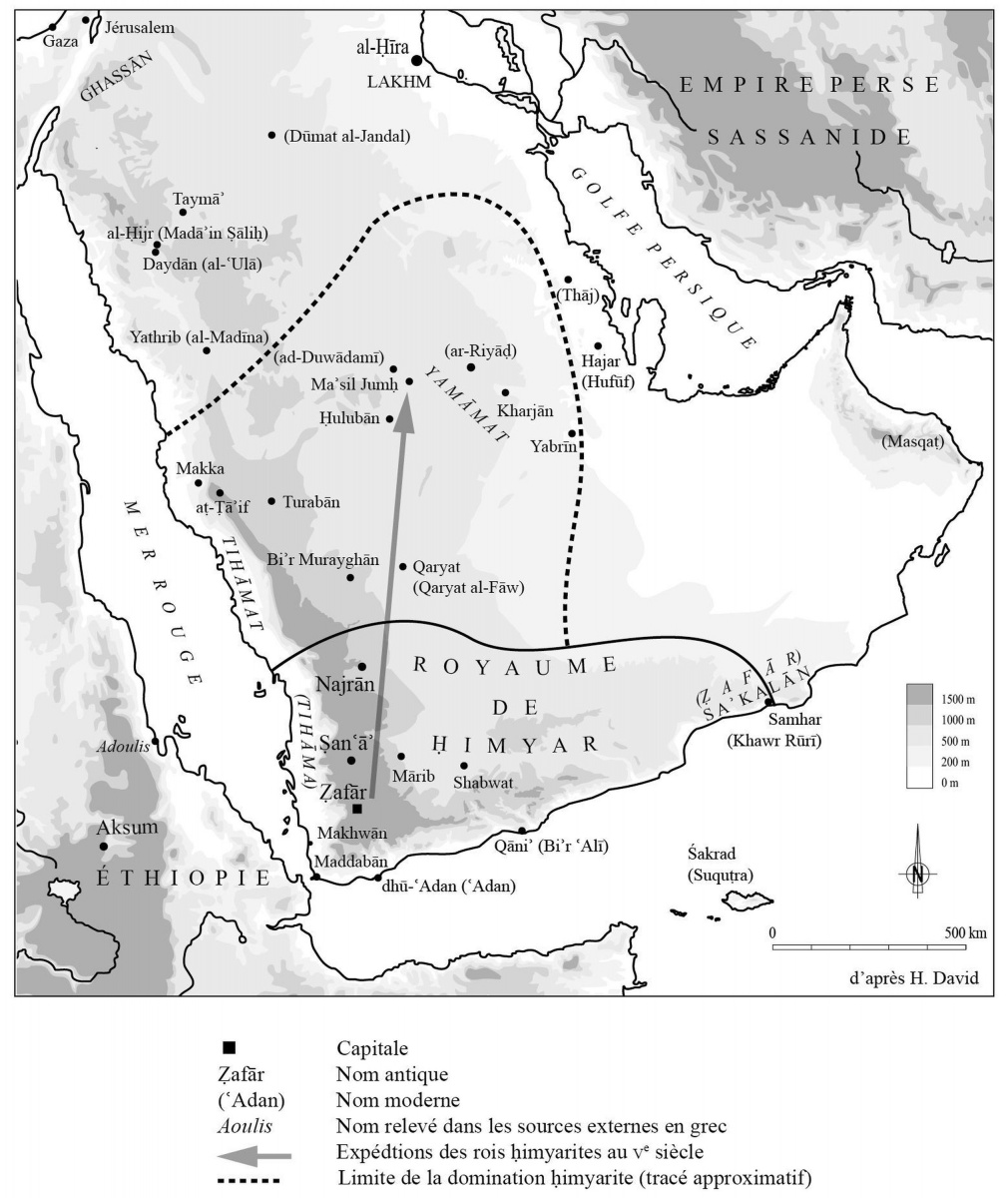Today's thread follows the historical linguistics to the present. As discussed, Nubia has a long & rich history of writing, starting w/ Meroitic script, before Old Nubian writing rose to dominance in the 6-15th C.
But what about today? How has Nubian writing been kept alive?
1/22
But what about today? How has Nubian writing been kept alive?
1/22

Well, the truth is, for the longest time, Nubian script had gone more or less extinct (as far as we know, anyway). Writing in Nubia, as is the case with many world cultures, was closely tied with religion, and religious change usually meant script change.
2/22

2/22


The Meroitic writing system, based on Egyptian hieroglyphs and Demotic, corresponded to a period of history where Nubians and Egyptians shared a religion. Old Nubian, primarily based on Greek, corresponded to the Christian era of Nubia.
3/22

3/22


So in the 16th century, when the #Nubian kingdoms fell and were replaced with various Islamic polities (i.e. the Kenzi State, the Hadariba & Abdallabi Sultanates) we see the disappearance of the Old Nubian script and its replacement with the #Arabic language and alphabet.
4/22
4/22

We know many of those who led this new written culture were #Nubians. Many famous sheikhs during the Funj Sultanate originated from the Mahas region of Nubia, like Arbaab al-Agayid who authored 2 theological works and is credited with founding #Sudan's capital, #Khartoum.
5/22

5/22


Some even suggest that the long history of literacy within Nubia is the reason so many of the #Funj period's sheikhs (and thus writers) come from Nubia.
But, despite their Nubian origin, these prominent sheikhs didn't write #Nubian.
6/22
But, despite their Nubian origin, these prominent sheikhs didn't write #Nubian.
6/22
In fact, until the colonial era, we have basically no examples of written Nubian & the little we do have from the colonial era is in Latin and (more rarely) Arabic script.
Most notable is a Nobiin translation of the Gospel of Mark (Lord's prayer transcribed👇by @HatimAlTai2)
7/22
Most notable is a Nobiin translation of the Gospel of Mark (Lord's prayer transcribed👇by @HatimAlTai2)
7/22

But today, you can walk into a bookstore in Khartoum and buy a book written in the Nubian script. So how do we go from centuries of the seeming extinction of a script, to one where you can find Nubian on Facebook & in YouTube videos?
8/22
8/22
Well, for the most part, it started in the 90s, in the cities of Abu Dhabi, Cairo, and Khartoum. Three separate Nubian culture associations, led by Nubian academics, took an interest in writing Nubian the way it had been written during the Christian era.
9/22
9/22
In Cairo, Dr. Mukhtar Khalil Kabbara, a Nobiin-language specialist, made contact with Abdulgadir Shalabi in Abu Dhabi, where the two decided to collaborate on writing a book teaching the essentials of writing in the Nubian alphabet:
10/22
10/22

Dr. Khalil handled the actual writing, whereas Shalabi designed the software that allowed the manuscript to be displayed digitally.
11/22
11/22
The result was "ⲛⲟⲡⲓ̄ⲛ-ⳟⲁ ⲥⲓⲕ-ⲕⲓⲣ ⲫⲁ̄ⲓ̈ⲱⲁ?" ("The Nubian Language: How do we write it?") a groundbreaking book that made the Nubian alphabet accessible in ways it had never been before.
12/22
12/22

The book was brought to Khartoum, where, in 1996, the first Nubian writing class was held, and attended by Nubian singers like Makki Ali Idrees and Imad Abaza.
13/22
facebook.com/Mekki.A.Idris/…
13/22
facebook.com/Mekki.A.Idris/…
In addition to reintroducing the Nubian script to Nubians as a way to write their modern languages, Kabbara's book had 2 other big impacts on Nubian writing:
14/22
14/22
1) Orthography: Old Nubian had a lot of orthographic variation, but Kabbara came up with a set of rules that have more or less become the standard for modern written Nubian. For more on the exact modifications made, have a look at this thread:
15/22
15/22
https://twitter.com/HatimAlTai2/status/1400945849056649216
2) Font: Kabbara's book used Sophia Nubian, a font made by the SIL that wasn't based on Old Nubian manuscripts, but rather a geometric abstracted form of #Coptic, which aesthetically differs from Nubian quite a bit.
16/22
software.sil.org/sophianubian/
16/22
software.sil.org/sophianubian/

(In fact, Kabbara even mentions an anecdote of a British archaeologist was able to distinguish between Old Nubian & Coptic manuscripts by their letterform alone.)
17/22

17/22


However, a lot of the specific formal qualities of Old Nubian aren't really present in Sophia, which is more or less the default for how Nubians today write and perceive their script.
18/22
18/22

The Nubian alphabet continues to grow more and more popular, often promoted by Nubian language activists, who often advocate for it as a way of writing Nubian, v.s. the Arabic and Latin scripts, which are still dominant in academia & social media.
19/22
instagram.com/nubian.languag…


19/22
instagram.com/nubian.languag…



There continues to be a debate over whether or not the emphasis on the Nubian script helps or hurts Nubian language #revitalization, not to mention the specifics of orthography: should Nubian writing reflect the pronunciation of the language, or its morphology?
20/22
20/22

These are still open issues, and the factors at play are beyond the scope of an already lengthy Twitter thread. Our stance on these issues as @GeriFaiOmir is probably already quite clear, but we would like to hear from you.
21/22
21/22

Does the use of a unique, historical script like Nubian aid or hinder language revitalization? How can consensus on specifics like writing assimilation be reached when the countries Nubians live in still give the languages little recognition and even less support?
22/22
22/22
• • •
Missing some Tweet in this thread? You can try to
force a refresh


































